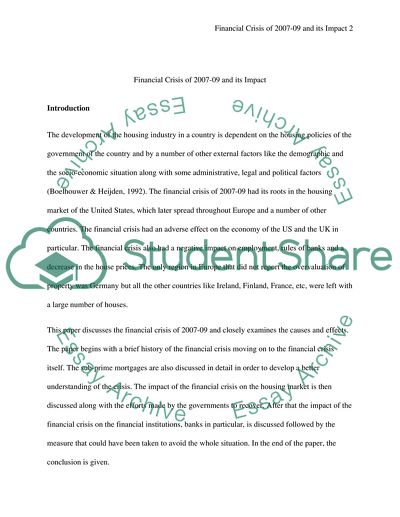Cite this document
(Financial Crisis of 2007-09 and its Impact Research Paper, n.d.)
Financial Crisis of 2007-09 and its Impact Research Paper. Retrieved from https://studentshare.org/macro-microeconomics/1745789-the-impact-of-the-recent-global-financial-crisis-of-2007-2009-on-financial-markets-and-institutions
Financial Crisis of 2007-09 and its Impact Research Paper. Retrieved from https://studentshare.org/macro-microeconomics/1745789-the-impact-of-the-recent-global-financial-crisis-of-2007-2009-on-financial-markets-and-institutions
(Financial Crisis of 2007-09 and Its Impact Research Paper)
Financial Crisis of 2007-09 and Its Impact Research Paper. https://studentshare.org/macro-microeconomics/1745789-the-impact-of-the-recent-global-financial-crisis-of-2007-2009-on-financial-markets-and-institutions.
Financial Crisis of 2007-09 and Its Impact Research Paper. https://studentshare.org/macro-microeconomics/1745789-the-impact-of-the-recent-global-financial-crisis-of-2007-2009-on-financial-markets-and-institutions.
“Financial Crisis of 2007-09 and Its Impact Research Paper”, n.d. https://studentshare.org/macro-microeconomics/1745789-the-impact-of-the-recent-global-financial-crisis-of-2007-2009-on-financial-markets-and-institutions.


